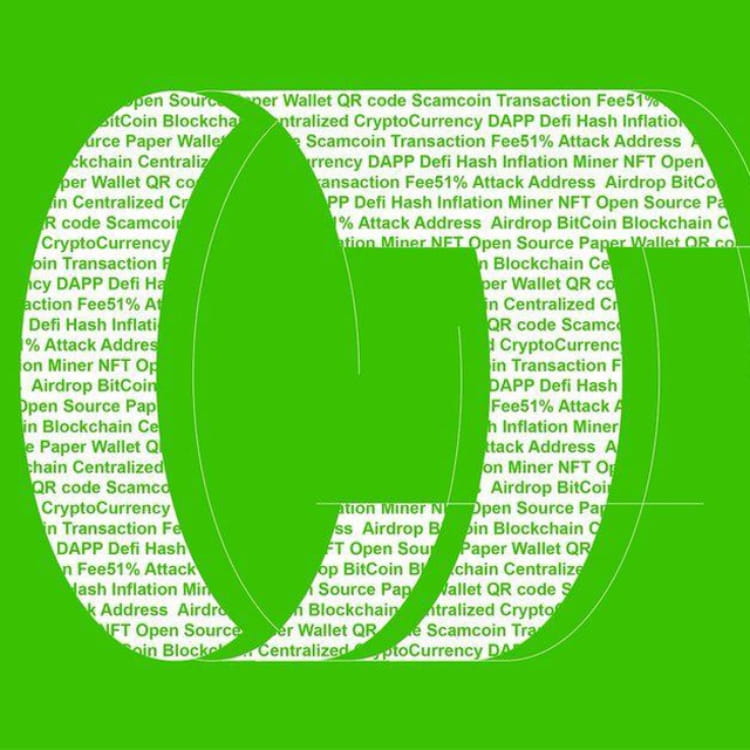Turbos Launchpad's seventh project RWADEPIN will be launched today
Sui ecological project Turbos Finance announced on the X platform that its zero-commission IDO platform Turbos Launchpad has launched the seventh project RWADEPIN. The project has a $100 investment threshold, a combination of Ethereum and SUI technology, and a complete RWA ecosystem covering trading markets, Launchpad, Launchpool and master nodes to create a low-threshold, high-efficiency one-stop real-asset investment platform. The IDO will start at 19:00 on May 10th, Beijing time, and end at 19:00 on May 13th. The IDO fundraising unit price is $0.007, TGE unlocks 30%, and the remaining 6 months are linearly released. Users are supported to participate using USDC and TURBOS.
US Treasury launches investigation into Benchmark Capital’s ties to Chinese firm Manus AI
According to reports, the US Treasury Department is looking into a $75 million investment by Benchmark Capital in the Chinese company Manus AI. This now escalates the tech rivalry between the US and China and the desire of the US to maintain its position at the forefront.
Officials from the department recently asked the Silicon Valley company if the funding is covered by new rules that limit investments in AI and other important technologies going to China.
The law, which is based on the Outbound Investment Security Program, was part of an order made by President Joe Biden in 2023. However, it didn’t become law until earlier this year.
It dictates that anyone or any organization in the US has to tell the Treasury Department about any investments they make in key areas like AI that could “accelerate and increase the success of the development of sensitive technologies” that are not in the US’s best interests.
In March, Manus released a great demo movie called “Second DeepSeek Moment.” The company showed that its AI agent could do difficult tasks by itself, such as long study projects and making websites and apps independently.
OpenAI’s CEO, on the other hand, is urging US lawmakers not to make rules that will slow down the US AI.
A number of US law companies told Benchmark that the investment did not violate the rules on outbound investments since Manus was not creating its own AI models.
Its lawyers also came to the conclusion that the company is not actually based in China. A person familiar with the situation says that the company’s parent Butterfly Effect is based in the Cayman Islands and has workers in the US, Singapore, Japan, and China. The person said that Manus saves all of its data on cloud servers run by Western companies that are not in China.
Still, some Silicon Valley investors don’t like the investment in Manus. For example, Josh Wolfe, co-founder of Lux Capital, wrote on X that the investment “makes zero sense.”
Delian Asparouhov, a partner at Founders Fund, also said , “I am not saying Benchmark partners are Chinese assets[…]But they are def assets to China.”
On the other hand, when Microsoft President Brad Smith was asked if Benchmark’s investment in Manus was in the US national interest.
One of the best-known venture investors in the business, Bill Gurley, is a general partner at Benchmark. He has spoken out against efforts to cut ties with China
According to him, “Our nation’s recent curbs on Nvidia H20s, intended to slow China AI innovation, will enhance & accelerate Chinese AI innovation. This action will create the OPPOSITE of the intent.”
However, many people are afraid that Chinese technology could give Beijing an easy way to get information. And there are new claims that Chinese students at Stanford, especially those studying AI, are being forced to work as spies for China. This is happening in the middle of Silicon Valley.
According to reports, even startups that have widely used DeepSeek’s open-source AI models are using technology that might have unknown security holes that could help China. To ensure that even more dollars don’t get through the cracks in the rules, the Trump administration is considering putting even more limits on investments going to China.
Benchmark is known for carefully choosing which startups to invest in and is one of Silicon Valley’s most successful venture capital firms. It gave companies like eBay, Twitter, Uber, and Snap their first investments.
Your crypto news deserves attention - KEY Difference Wire puts you on 250+ top sites
How Saylor’s Strategy Transformed Bitcoin into a Deflationary Asset: Details
By being pre-programmed to have only 21 million bitcoins ever to exist, the largest cryptocurrency’s model is not, by definition, deflationary. After all, new BTC is mined every day, and none is being destroyed in the traditional sense of the word, which is the opposite of deflationary.
However, CryptoQuant’s CEO explained how Strategy and its co-founder, and BTC champion, Michael Saylor, made bitcoin into a deflationary asset.
By definition, deflationary means that the asset’s supply is designed to decrease over time. So, by that explanation, the newly minted BTC every day (currently ~450 BTC/day) does not put the cryptocurrency into that category. Someone would argue that BNB should be there since it has a burning mechanism to reduce the overall supply from 200,000 to 100,000.
Ethereum also made some progress on that matter, but that’s a different and rather controversial topic (and it doesn’t really work as promised, at least not always).
In BTC’s case, though, there’s one big (un)spoken hero who deserves a big “thank you” from Bitcoin Maxis, according to CryptoQuant’s chief exec, Ki Young Ju (even though he deleted the original post with the thank you note). In the updated one, he explained that Michael Saylor, through the company he co-founded, has turned Bitcoin into a deflationary asset because the entity is “buying BTC faster than it’s mined.”
CQ’s CEO determined that Strategy’s strategy (yeah, we get how it sounds) not to sell at any cost has turned its massive stash of over 555,000 BTC into an illiquid supply. This means that MSTR’s holdings are equal to -2.23% annual deflation rate for bitcoin. The percentage could be even higher when we examine other “stable institutional holders” who have incorporated the HODL strategy.
The company began its massive accumulation spree in September 2020 when it was called MicroStrategy and Saylor was still CEO. At a time when bitcoin was fighting to stay above $10,000 (yes, one zero less than now), the NASDAQ-listed business intelligence software firm bought 21,454 BTC via 78,388 off-chain transactions.
In the following year, the cryptocurrency’s price skyrocketed to an all-time high of almost $70,000. The company kept buying. Then, the asset plunged deep below $20,000 following the FTX crash as well as many other industry blow-offs. The firm continued accumulating, even though its stash was now well in the red.
The 2024 US elections only strengthened Strategy’s conviction, and the firm now owns 555,450 BTC , valued at almost $58 billion at current prices. This puts its holdings in an unrealized profit state of nearly $20 billion.



 最低價
最低價 最高價
最高價 











































